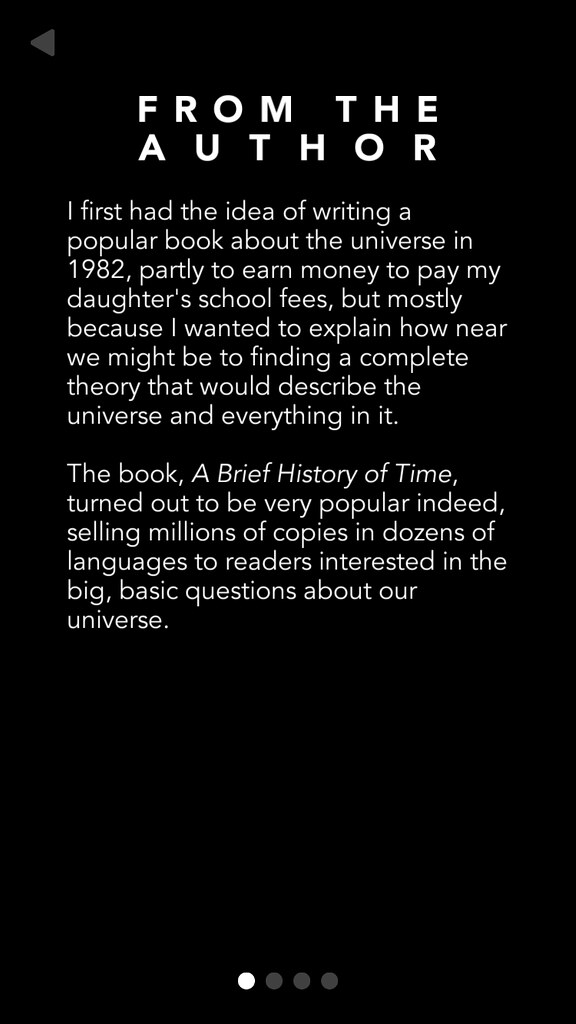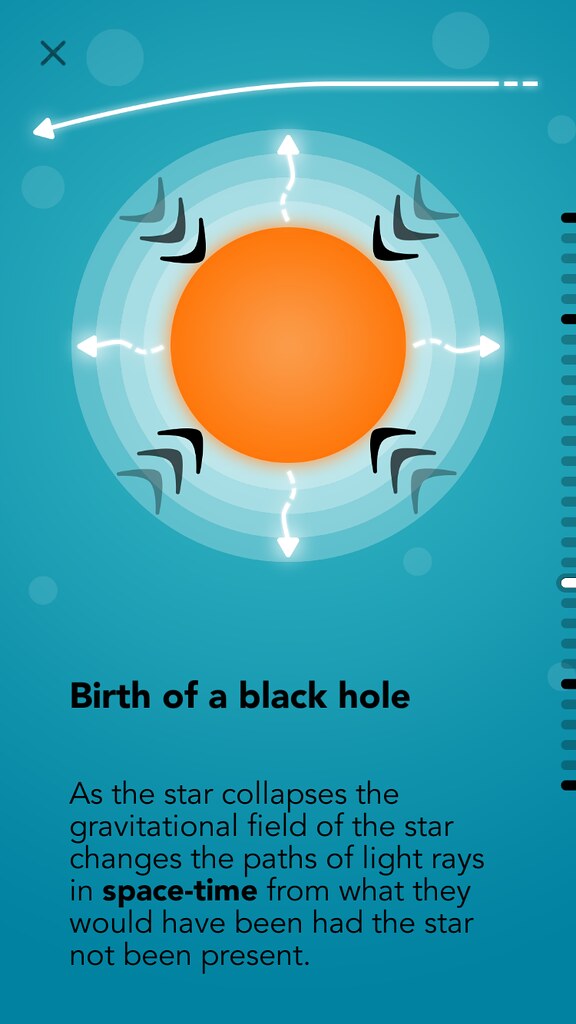REACHING NEW AND EXISTING AUDIENCES
A Brief History of Time is Professor Stephen Hawking’s best known work and is largely regarded as one of the greatest science books of the late 20th Century. Whilst selling over 11 million copies in 40 languages, it has also been said that its complex subject matter has made it one of the least-finished books.
Transworld challenged PRELOADED to use our expertise in visual and instructional design to re-imagine the book in interactive form, with the ambition of reaching new audiences and making the content more widely understood.



















